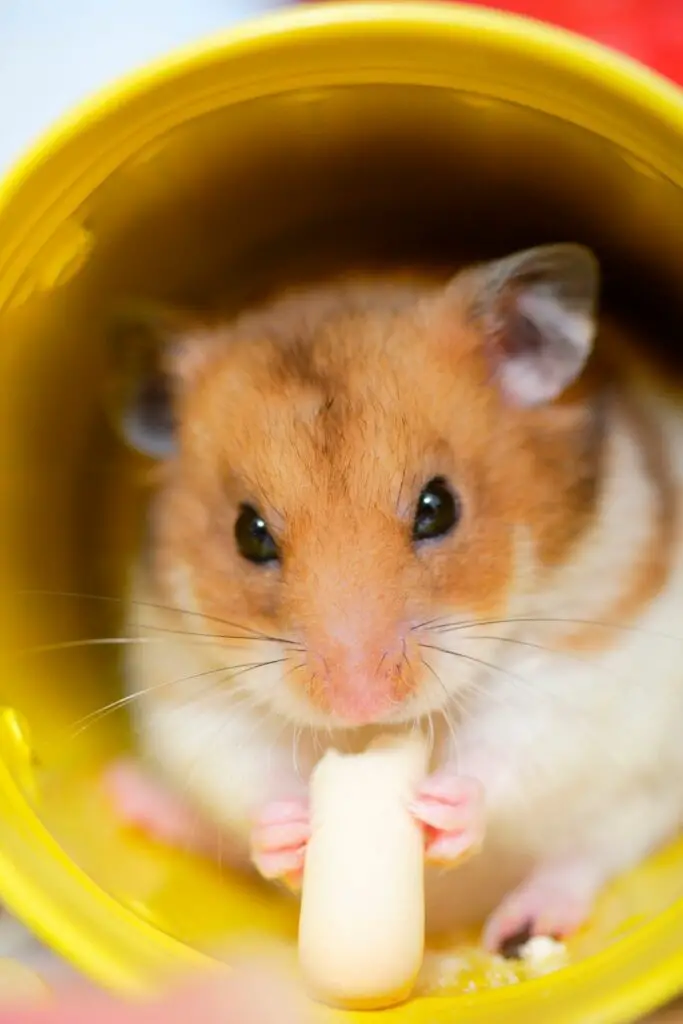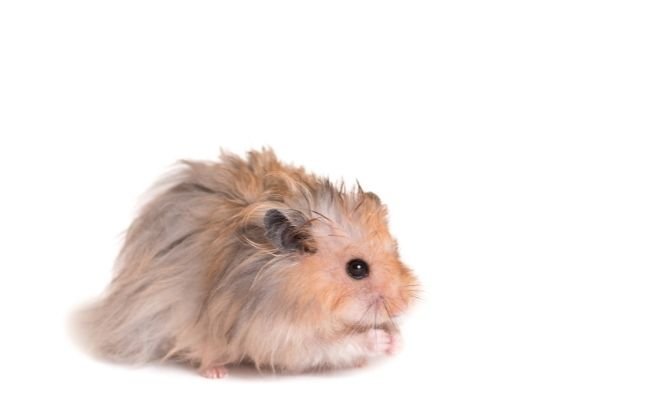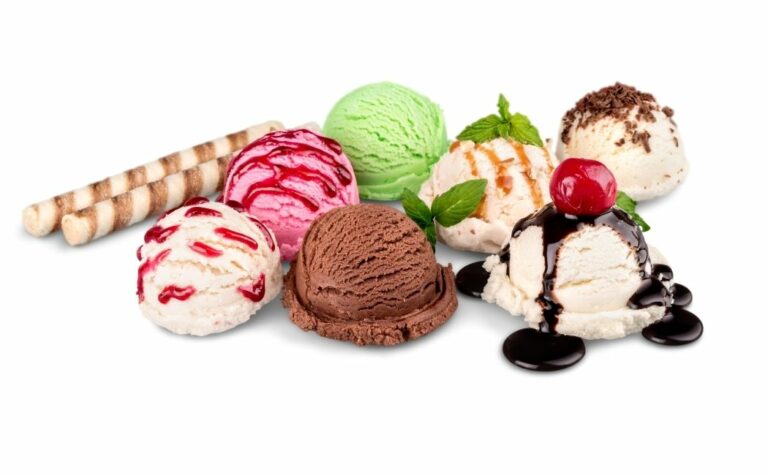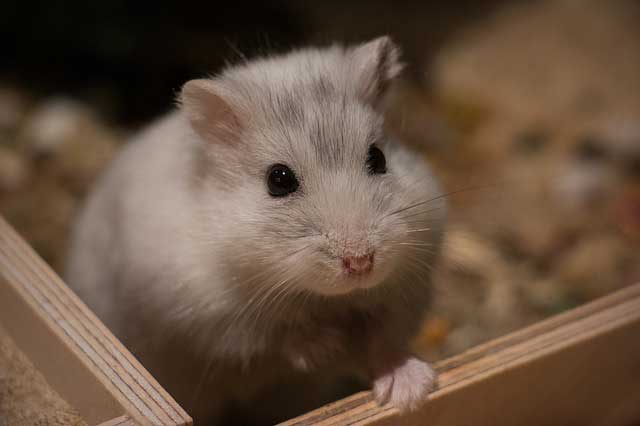Can Hamsters Chew on Popsicle Sticks? (You Must Know This!)
No, hamsters should not chew on Popsicle sticks. The sticks can splinter and break, which can be dangerous for hamsters if they ingest the sharp splinters. This can cause gastrointestinal problems for the hamster.
Are popsicle sticks safe for hamsters to chew on?
The simple answer is no, popsicle sticks are not safe for hamsters to chew on. The reason for this is that they can splinter, and when these splinters break off they can be sharp and dangerous for hamsters. If a hamster ingests one of these sharp splinters, it can cause gastrointestinal problems.
How can I tell if my hamster is enjoying chewing on popsicle sticks?
There are a few things you can look for to see if your hamster is enjoying chewing on popsicle sticks. First, watch to see if your hamster is actually chewing on the sticks. If they are just holding or playing with them, they may not be actually eating them.
Second, look for signs of enjoyment, such as licking their lips or rubbing their face on the stick. Third, listen for happy sounds like squeaking or chirping; these can indicate that your hamster is content and enjoying itself.
Finally, pay attention to how much your hamster is eating; if they seem to be losing weight or not eating as much as usual, it’s possible they’re not getting enough nutrition from the popsicle sticks and you should consult with a vet.
What are some other things hamsters like to chew on besides popsicle sticks?
Hamsters are notorious for their love of chewing on things. While popsicle sticks may be one of their favorites, there are plenty of other options out there for hamster owners to choose from.
Chew sticks, fruit sticks, toilet paper rolls, paper towel rolls, cardboard, and plain dog biscuits are all popular choices among hamsters. Some even enjoy the occasional gnaw on a piece of wood.
Of course, not all hamsters will like the same things to chew on. It’s important to experiment with different options to see what your individual hamster enjoys most. Once you’ve found a few that he or she likes, make sure to always have them on hand so your furry friend can stay happy and healthy.
Do all hamsters like to chew on popsicle sticks?
No, not all hamsters like to chew on popsicle sticks. Some hamsters may enjoy chewing on them, while others may not be interested at all. There are a few things to consider if you’re thinking of offering your hamster a popsicle stick to chew on.
First, popsicle sticks can splinter and create sharp pieces which are dangerous for hamsters to ingest. If you allow your hamster to chew on one, you need to keep an eye on it and take it out once it has been broken.
What happens if a hamster chews on a popsicle stick for too long?
Hamsters should not chew on Popsicle sticks for too long because the sticks can splinter and break. If the hamster ingests the sharp splinters, it can cause gastrointestinal problems.
Is there a right or wrong way for hamsters to chew on popsicle sticks?
As any pet owner knows, it’s important to provide your furry friend with plenty of toys and chewable objects to keep them entertained and their teeth healthy. But what about popsicle sticks? Can hamsters safely chew on these seemingly harmless wooden sticks?
Unfortunately, the answer is no. Popsicle sticks are made of wood, which means they can splinter and break easily. These sharp pieces of wood can be dangerous for hamsters to ingest, and can even puncture their digestive tracts. For this reason, it’s best to avoid giving your hamster popsicle sticks to chew on altogether.
If you do allow your hamster to chew on a popsicle stick, you need to be vigilant and take it away as soon as it starts to break. Splintered popsicle sticks can cause serious injuries if left unchecked, so it’s important to be mindful of your hamster’s safety at all times.
Are there any risks associated with giving hamsters popsicle sticks to chew on?
Hamsters should not chew on Popsicle sticks because they splinter. Broken Popsicle sticks are dangerous for hamsters. If they ingest the sharp splinters, it can cause gastrointestinal problems.
Popsicle sticks are made of wood, and like all wood products, they can splinter when chewed on. These sharp fragments can be dangerous if ingested by a hamster, as they can cause gastrointestinal problems. For this reason, it is best to avoid giving hamsters popsicle sticks to chew on altogether.
What kind of wood is safe for hamsters to chew on?
If you’re looking for a safe and natural way for your hamster to chew on something, look no further than the twigs and branches from hardwood trees in your own yard! Oak and maple are great choices, as they are much harder than softwoods like pine or yew.
This means that they are less likely to splinter or scratch the inside of your hamster’s mouth when chewed. Plus, chewing on these hardwoods will help keep your hamster’s teeth healthy and strong.
What are the benefits of chewing on wood for hamsters?
Chewing on wood is important for hamsters for a few reasons. First, it helps them keep their teeth ground down. In the wild, hamsters’ teeth are constantly being worn down through regular eating and chewing on sticks or pine cones. If they don’t have anything to chew on in captivity, their teeth can become damaged or even injured.
Second, chewing is a good way for hamsters to relieve boredom and stress. It’s also a great way for them to exercise their jaws and muscles.
Are there any risks associated with hamsters chewing on wood?
There are a few risks associated with hamsters chewing on wood. The biggest risk is that the hamster could choke on the wood chips. If the wood is not properly chewed, it could cause an obstruction in the hamster’s throat and he could die.
Additionally, if the wood is treated with any chemicals, those chemicals could be ingested by the hamster and make him very ill. Finally, if the wood is too hard, it could damage the hamster’s teeth.
What are some other things hamsters like to chew on besides wood?
In addition to wood chews, hamsters also enjoy chewing on cardboard. Cardboard is a great material for hamsters to chew on because it is soft and easily shredded. Plus, it provides a good outlet for the natural chewing instinct that all hamsters possess.
Cardboard can be provided in the form of willow balls, rings, and tunnels. These smaller-sized options are perfect for hamsters and provide them with plenty of opportunities to chew. Chewing on cardboard is not only good for their physical health but also helps relieve boredom and stress.
How can I tell if my hamster is chewing on something it shouldn’t be?
If you’re worried that your hamster maybe chewing on something it shouldn’t be, there are a few things you can look for. First, check the area around your hamster’s cage for any signs of damage or chewing. If you see anything that looks like it has been chewed on, it’s possible your hamster is the culprit.
Another way to tell if your hamster is chewing on something it shouldn’t be is to observe its behavior. If you notice your hamster acting differently than usual, or if it seems to be avoiding certain areas of its cage, this could be a sign that something isn’t quite right. If you’re concerned that your hamster maybe chewing on something it shouldn’t be, the best thing to do is to take it to the vet for a check-up.
How can I stop my hamster from chewing on things it shouldn’t be?
There are a few things you can do to stop your hamster from chewing on things it shouldn’t be. Carrots and apples work well, or you can put a very thin layer of peanut butter on the item. If your hamster has a favorite chewing spot, you can try putting a lab block, hamster-safe dog biscuit (one that doesn’t contain garlic), tightly rolled cardboard, apple branch, or Popsicle stick in that spot. Make sure whatever you use is anchored tightly so your hamster can’t move it around and chew on other things.

Why does my hamster keep chewing on things even though I’ve tried to stop it?
There are a few reasons why your hamster might be chewing on things even though you’ve tried to stop it. One reason could be boredom. If there aren’t enough toys for your hamster to play with or chew on, they may become bored and start bar chewing as a way to pass the time. Hamsters need both mental and physical stimulation, just like other pets, and if they’re isolated in a small cage with nothing to do they may resort to this destructive behavior.
Another reason why your hamster may be chewing on things is that their teeth are growing. Hamsters’ teeth grow continuously throughout their lives, so they need to gnaw on things regularly to keep them trimmed down. Otherwise, their teeth can get too long and cause health problems. Chewing also helps relieve stress for some hamsters, so if yours seems particularly anxious it might help explain why they’re constantly chomping away at everything in sight!
If your hamster has been bar chewing despite your best efforts to deter them, try providing more toys and enrichment items like tunnels or chewable blocks made specifically for small animals. You can also try giving them something safe (and tasty!)to chew on like a piece of fruit or vegetable. Finally, make sure that their cage is big enough for them to move around freely – a cramped space could contribute to boredom and stress, which could lead to more destructive behaviors like bar chewing.
Is there anything I can give my hamster to chew on that is safe and won’t damage their teeth?
Yes, there are a few things you can give your hamster to chew on that are safe and won’t damage their teeth. One option is to give them a cardboard tube from a toilet paper roll or a paper towel roll. You can also give them untreated wooden blocks or sticks, as long as they’re not treated with any chemicals. There are also special chew toys made for small animals that you can find at most pet stores.
What are some signs that my hamster’s teeth are getting too long and need to be trimmed?
If you have a hamster, it’s important to be aware of the signs that their teeth are getting too long and need to be trimmed. The incisors, or front teeth, are the easiest to identify when they become overgrown. They will usually grow so long that they begin to curve and stick out between the lips.
Once they get too long they can become stuck on things, or worse yet, grow into the gums or roof of your hamster’s mouth.
Some other signs that your hamster’s teeth may be getting too long include them having trouble eating or drinking, drooling more than usual, or rubbing their face a lot. If you notice any of these signs, it’s time to take your hamster to the vet for teeth trimming.
How can I trim my hamster’s teeth at home?
If you’re like most hamster owners, you probably don’t give much thought to your furry friend’s teeth. But did you know that just like humans, hamsters need to take care of their teeth in order to stay healthy? One way to do this is by trimming their teeth at home.
Trimming your hamster’s teeth may seem daunting, but it’s actually quite easy! All you need is a pair of small scissors and some patience. First, take a look at your hamster’s teeth to get an idea of where the overgrown areas are. Then, carefully snip away any excess growth using the scissors. Be sure not to cut too close to the gum line or you may injure your hamster.
Once you’ve trimmed all the overgrown areas, give your hamster’s teeth a good brushing with a soft-bristled toothbrush. This will help remove any plaque build-up and keep their teeth clean and healthy.







